Tacon, troutelle: how not to get lost? Learn to differentiate between these two species of fish, discover their particularities and get tips on how to fish them effectively.
Here's an article I've been meaning to write for far too long ...
It's not an exclusive article, as many others are available on the Internet, and every angler paddling rivers where Salmon are present should be able to tell the difference with his eyes closed! Unfortunately, this is far from being the case ... And I've often heard the term "truitelle" used for parr and vice versa. Why is this? Because it's not easy to tell the difference at first... I must admit I've been confused more than once!
So I'm going to try and provide some clarifications that I haven't necessarily seen written elsewhere, and which are sure to help me make the difference :)
A parr? Kézako?
First things first! A parr is simply a young Atlantic salmon!
Indeed, despite the fact that French salmon populations have declined considerably, many rivers are still lucky enough to host this magnificent migratory species, which spends several years at sea before returning to reproduce in the small stream of its childhood. A few months after the eggs hatch, the young Salmon - called parr, as you may have guessed - will spend another 1 to 3 years in freshwater, depending on
temperature profiles and the richness of the environment. They will then grow to a size of up to 18 cm before smoltification begins and they leave the river for the sea.
However, during this stage of their life, they look very much like Trout and don't always receive the care they deserve...
 A magnificent spawner measuring around 75cm for 4kg was found dead at the bottom of a
of a 6-meter wide river in Finistère last spring
A magnificent spawner measuring around 75cm for 4kg was found dead at the bottom of a
of a 6-meter wide river in Finistère last spring.
The difference game
Now that you know what a parr is and, at least I think, understand the motivations for making a definite differentiation with a Trout fario, here are the points to look at. I say
the points because, as with mushrooms for example, you need to check several specific features to avoid making a mistake! These specificities are first and foremost physical, but also behavioral.
Let's start with anatomical specificities. They're the easiest to detect, and are the key to identification! To illustrate this point, here are some photos of a parr and a troutelle, both of which can be confused.
 a pretty little Trout fario
a pretty little Trout fario
 a pretty little parr
a pretty little parr
I will now proceed by observation in the same way as at the water's edge: step by step!
1) The first characteristic point is the shape of the head. The parr has a smaller head with an eye that looks much bigger! Next, its mouth never extends beyond the back of the black eye, unlike that of a Trout.
2) The second really striking feature is the size of the pectoral fins, which are much more developed on parr than on Trout! Lined up along the body, for a parr they easily reach the level of the dorsal fin! And speaking of fins, there's another point that can't be mistaken: if there's red or orange/yellow on the adipose fin, it's a Trout! The adipose fin of a parr is grey (even with blue highlights)... the same color analysis can be made for the caudal fin!
3) The distinction should already be more precise, but there are still a few little bonus points, notably this one: there are very few black or red spots below the lateral line on a parr! (a feature that will also help to differentiate it from a sea trout when fully grown!)
These are simple ways to avoid making mistakes! You'll note that I haven't mentioned the notch on the tail or the blue spots (
finger print) on the body ... For me, these details simply help to amplify the doubt!
I've seen Trout with tails that look indented and blue spots (as in my photo) and Parr without spots ... So, if you're not used to this fish, don't make this your priority ;)
 A bonus photo: looonnngue pectoral fin and tooouuute small mouth ;)
A bonus photo: looonnngue pectoral fin and tooouuute small mouth ;)
Finally, I mentioned behavioral differences! If they don't allow you to identify your fish so clearly, they'll tip you off, and with a little practice, even before you welcome it, you'll know what it's all about! They may look alike, but their character is totally different!
1) A parr is very nervous and wiggles a lot (a real vibrator) with a strong tendency to go for candles! A Trout, on the other hand, moves more slowly and freely...
2) Parr don't respond well to hard lures, but will happily throw themselves at a well-presented spinner (or fly, but I won't go into that or baiting ...).
Finally, parr are generally found on shallow riffles with a good flow, vegetation if possible and even better if this area is near a pool!
Bref ...
Here are the elements I wanted to bring to the many publications on the subject. I didn't set out to make a summary - there are plenty! I simply wanted to detail the subject to help novices better recognize this fish so they can
It's our salmon of tomorrow, and we need to take good care of it if we want to regain the richness of our fish stocks!
I'd like to finish with a few recommendations: parr are rarely alone in the area, this fish is fragile and precious, so if you catch one, have the reflex to move on or switch to a larger hard lure ... And above all,
handle it with great care and with wet hands, don't leave it out of the water for long, and better still, unhook it in the water without touching it!
Now it's your turn!
 uh ... what's that? :)
uh ... what's that? :)
ps: indeed ... mine stayed out of the water for a photo to write
this article ... but I was careful to leave it in the water long enough to prepare the camera and I didn't insist on taking any pictures!

 A magnificent spawner measuring around 75cm for 4kg was found dead at the bottom of a
of a 6-meter wide river in Finistère last spring.
The difference game
Now that you know what a parr is and, at least I think, understand the motivations for making a definite differentiation with a Trout fario, here are the points to look at. I say the points because, as with mushrooms for example, you need to check several specific features to avoid making a mistake! These specificities are first and foremost physical, but also behavioral.
Let's start with anatomical specificities. They're the easiest to detect, and are the key to identification! To illustrate this point, here are some photos of a parr and a troutelle, both of which can be confused.
A magnificent spawner measuring around 75cm for 4kg was found dead at the bottom of a
of a 6-meter wide river in Finistère last spring.
The difference game
Now that you know what a parr is and, at least I think, understand the motivations for making a definite differentiation with a Trout fario, here are the points to look at. I say the points because, as with mushrooms for example, you need to check several specific features to avoid making a mistake! These specificities are first and foremost physical, but also behavioral.
Let's start with anatomical specificities. They're the easiest to detect, and are the key to identification! To illustrate this point, here are some photos of a parr and a troutelle, both of which can be confused.
 a pretty little Trout fario
a pretty little Trout fario
 a pretty little parr
I will now proceed by observation in the same way as at the water's edge: step by step!
1) The first characteristic point is the shape of the head. The parr has a smaller head with an eye that looks much bigger! Next, its mouth never extends beyond the back of the black eye, unlike that of a Trout.
2) The second really striking feature is the size of the pectoral fins, which are much more developed on parr than on Trout! Lined up along the body, for a parr they easily reach the level of the dorsal fin! And speaking of fins, there's another point that can't be mistaken: if there's red or orange/yellow on the adipose fin, it's a Trout! The adipose fin of a parr is grey (even with blue highlights)... the same color analysis can be made for the caudal fin!
3) The distinction should already be more precise, but there are still a few little bonus points, notably this one: there are very few black or red spots below the lateral line on a parr! (a feature that will also help to differentiate it from a sea trout when fully grown!)
These are simple ways to avoid making mistakes! You'll note that I haven't mentioned the notch on the tail or the blue spots (finger print) on the body ... For me, these details simply help to amplify the doubt!
I've seen Trout with tails that look indented and blue spots (as in my photo) and Parr without spots ... So, if you're not used to this fish, don't make this your priority ;)
a pretty little parr
I will now proceed by observation in the same way as at the water's edge: step by step!
1) The first characteristic point is the shape of the head. The parr has a smaller head with an eye that looks much bigger! Next, its mouth never extends beyond the back of the black eye, unlike that of a Trout.
2) The second really striking feature is the size of the pectoral fins, which are much more developed on parr than on Trout! Lined up along the body, for a parr they easily reach the level of the dorsal fin! And speaking of fins, there's another point that can't be mistaken: if there's red or orange/yellow on the adipose fin, it's a Trout! The adipose fin of a parr is grey (even with blue highlights)... the same color analysis can be made for the caudal fin!
3) The distinction should already be more precise, but there are still a few little bonus points, notably this one: there are very few black or red spots below the lateral line on a parr! (a feature that will also help to differentiate it from a sea trout when fully grown!)
These are simple ways to avoid making mistakes! You'll note that I haven't mentioned the notch on the tail or the blue spots (finger print) on the body ... For me, these details simply help to amplify the doubt!
I've seen Trout with tails that look indented and blue spots (as in my photo) and Parr without spots ... So, if you're not used to this fish, don't make this your priority ;)
 A bonus photo: looonnngue pectoral fin and tooouuute small mouth ;)
Finally, I mentioned behavioral differences! If they don't allow you to identify your fish so clearly, they'll tip you off, and with a little practice, even before you welcome it, you'll know what it's all about! They may look alike, but their character is totally different!
1) A parr is very nervous and wiggles a lot (a real vibrator) with a strong tendency to go for candles! A Trout, on the other hand, moves more slowly and freely...
2) Parr don't respond well to hard lures, but will happily throw themselves at a well-presented spinner (or fly, but I won't go into that or baiting ...).
Finally, parr are generally found on shallow riffles with a good flow, vegetation if possible and even better if this area is near a pool!
Bref ...
Here are the elements I wanted to bring to the many publications on the subject. I didn't set out to make a summary - there are plenty! I simply wanted to detail the subject to help novices better recognize this fish so they can
It's our salmon of tomorrow, and we need to take good care of it if we want to regain the richness of our fish stocks!
I'd like to finish with a few recommendations: parr are rarely alone in the area, this fish is fragile and precious, so if you catch one, have the reflex to move on or switch to a larger hard lure ... And above all,
handle it with great care and with wet hands, don't leave it out of the water for long, and better still, unhook it in the water without touching it!
Now it's your turn!
A bonus photo: looonnngue pectoral fin and tooouuute small mouth ;)
Finally, I mentioned behavioral differences! If they don't allow you to identify your fish so clearly, they'll tip you off, and with a little practice, even before you welcome it, you'll know what it's all about! They may look alike, but their character is totally different!
1) A parr is very nervous and wiggles a lot (a real vibrator) with a strong tendency to go for candles! A Trout, on the other hand, moves more slowly and freely...
2) Parr don't respond well to hard lures, but will happily throw themselves at a well-presented spinner (or fly, but I won't go into that or baiting ...).
Finally, parr are generally found on shallow riffles with a good flow, vegetation if possible and even better if this area is near a pool!
Bref ...
Here are the elements I wanted to bring to the many publications on the subject. I didn't set out to make a summary - there are plenty! I simply wanted to detail the subject to help novices better recognize this fish so they can
It's our salmon of tomorrow, and we need to take good care of it if we want to regain the richness of our fish stocks!
I'd like to finish with a few recommendations: parr are rarely alone in the area, this fish is fragile and precious, so if you catch one, have the reflex to move on or switch to a larger hard lure ... And above all,
handle it with great care and with wet hands, don't leave it out of the water for long, and better still, unhook it in the water without touching it!
Now it's your turn!
 uh ... what's that? :)
ps: indeed ... mine stayed out of the water for a photo to write
this article ... but I was careful to leave it in the water long enough to prepare the camera and I didn't insist on taking any pictures!
uh ... what's that? :)
ps: indeed ... mine stayed out of the water for a photo to write
this article ... but I was careful to leave it in the water long enough to prepare the camera and I didn't insist on taking any pictures!


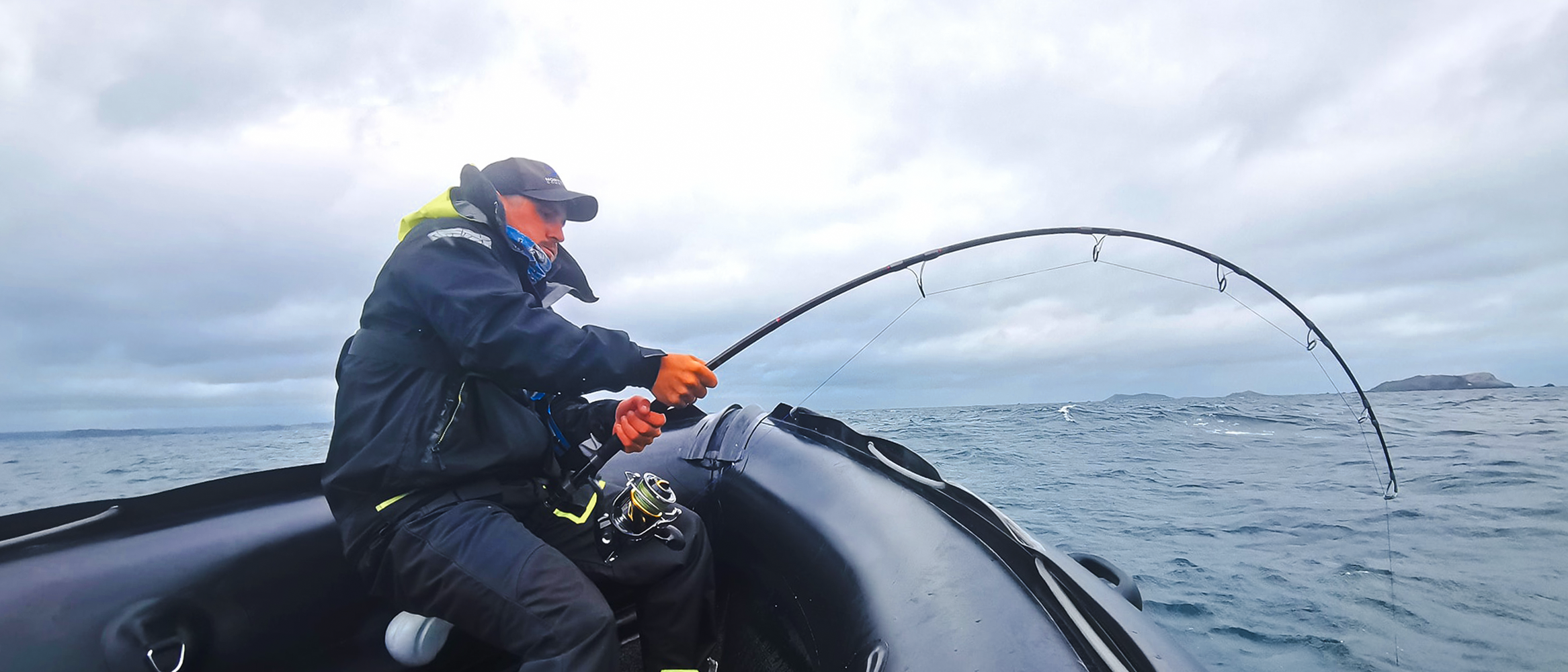
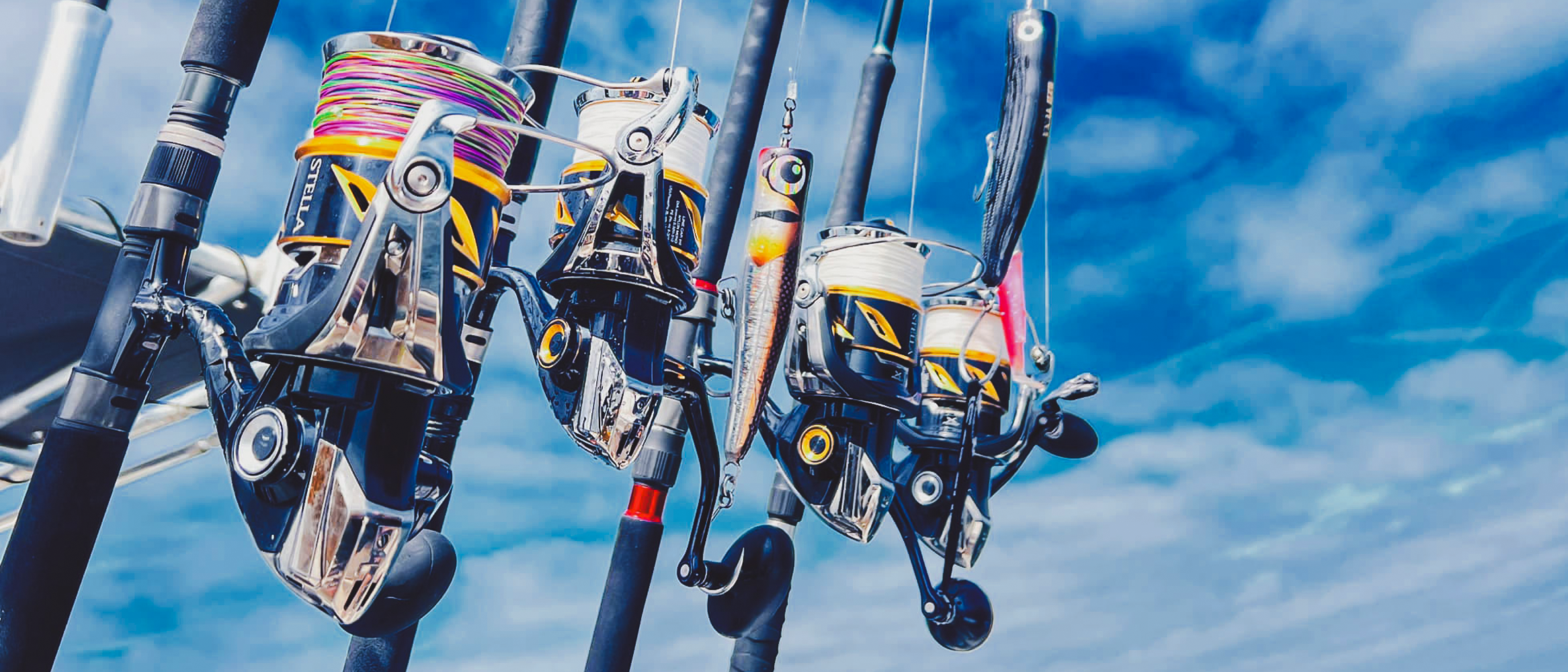
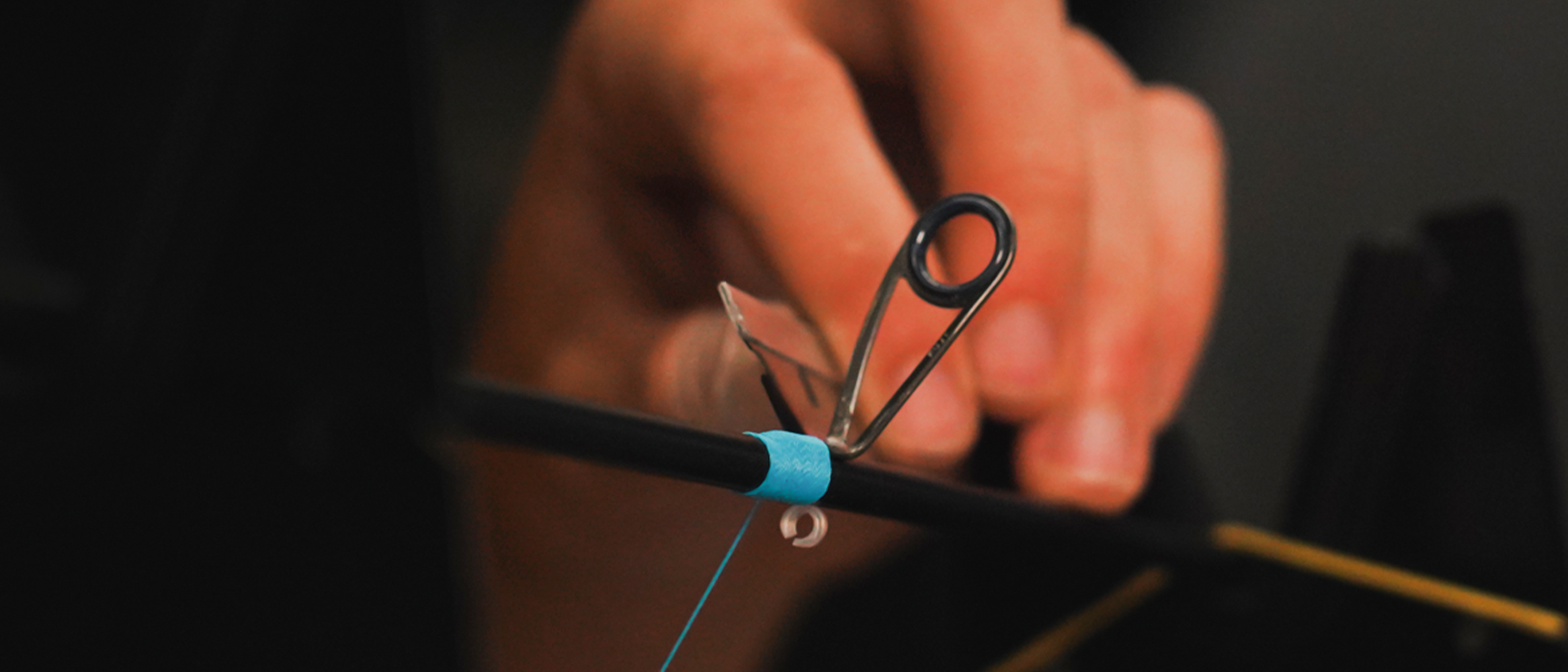
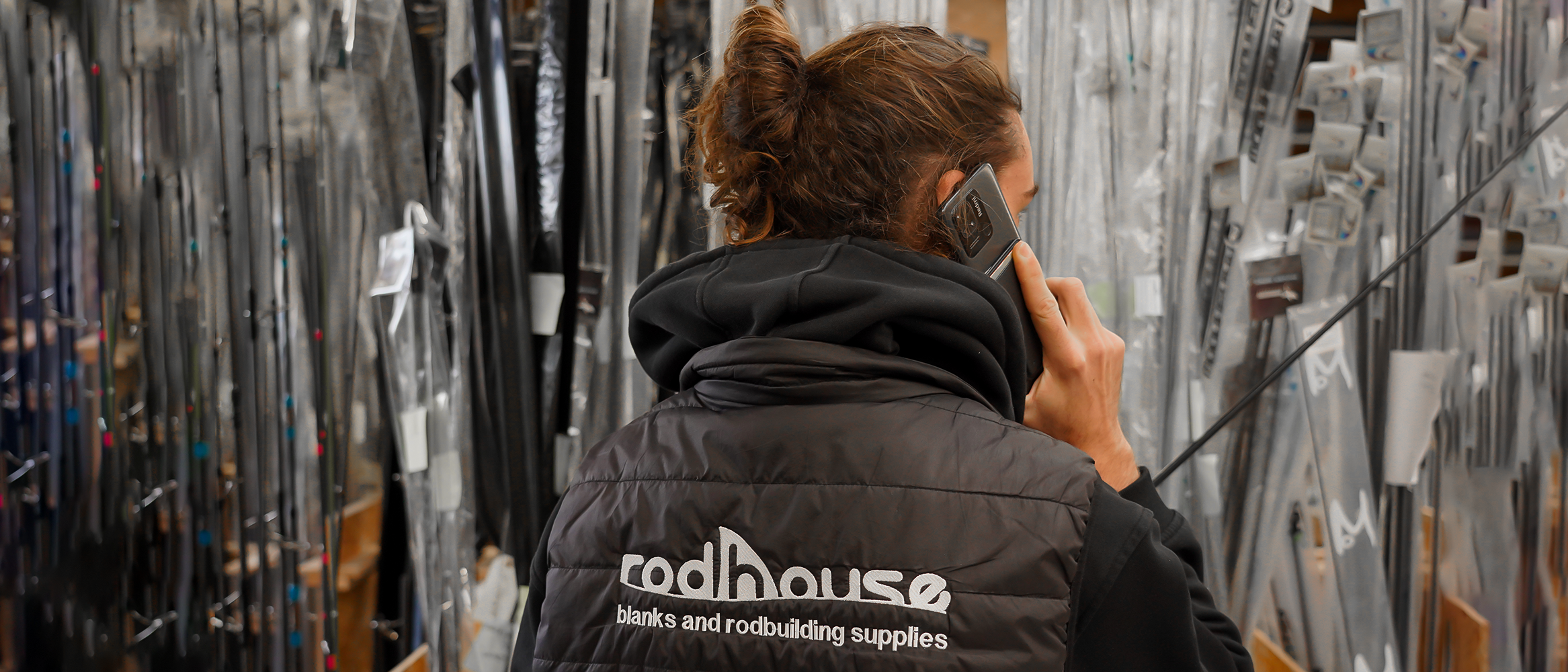
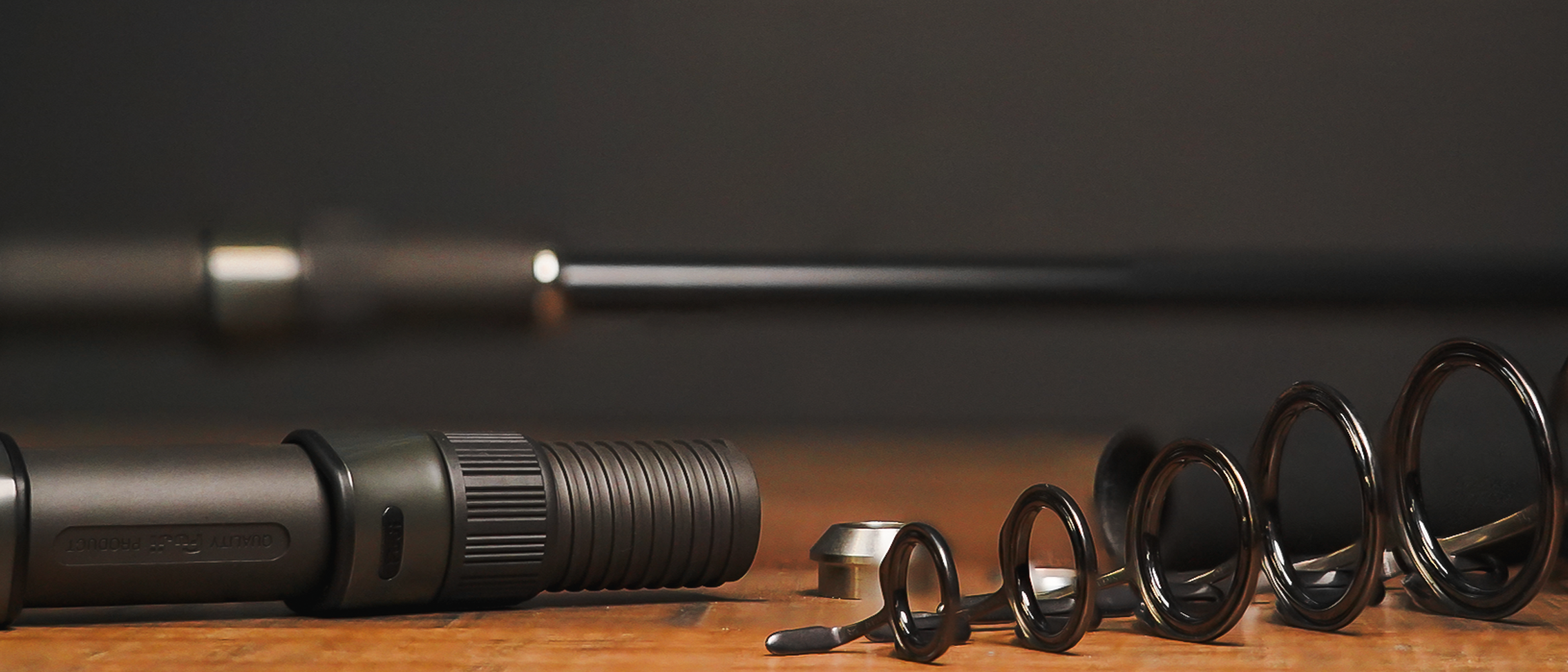

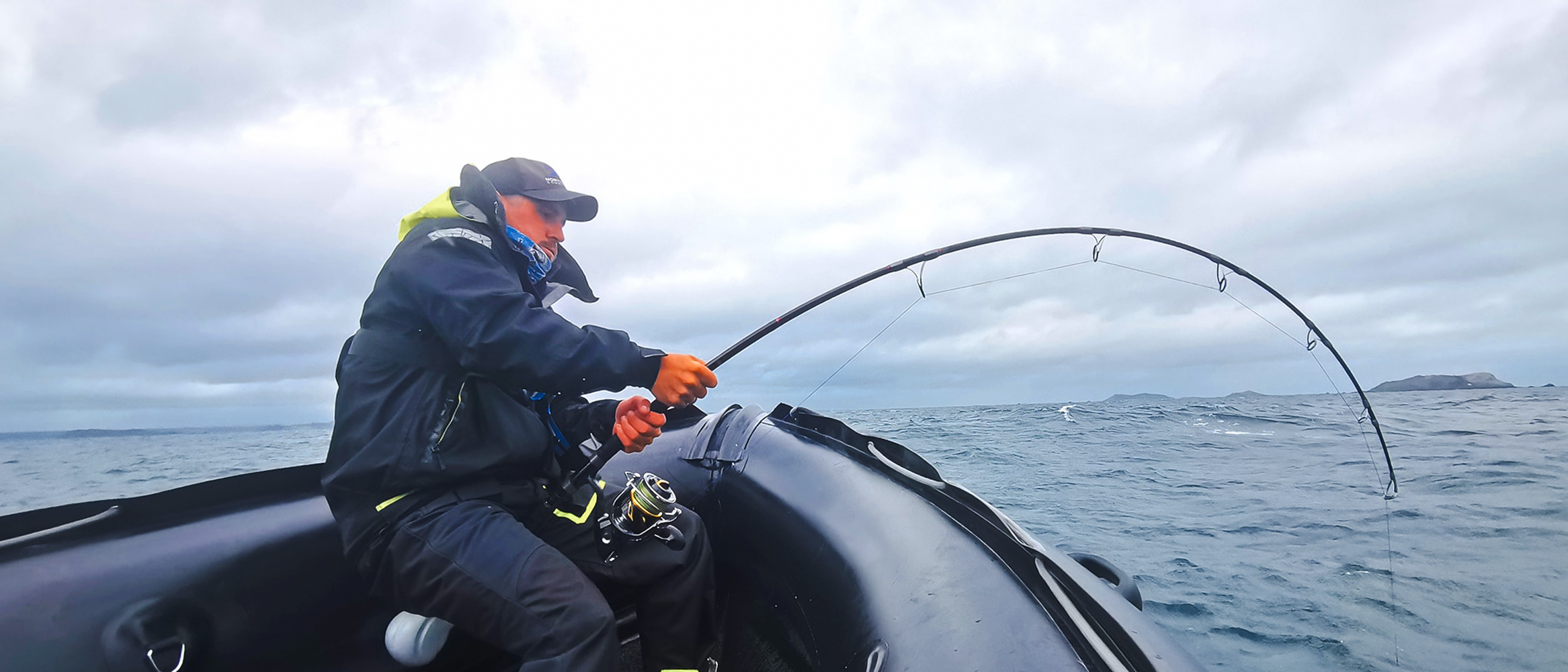
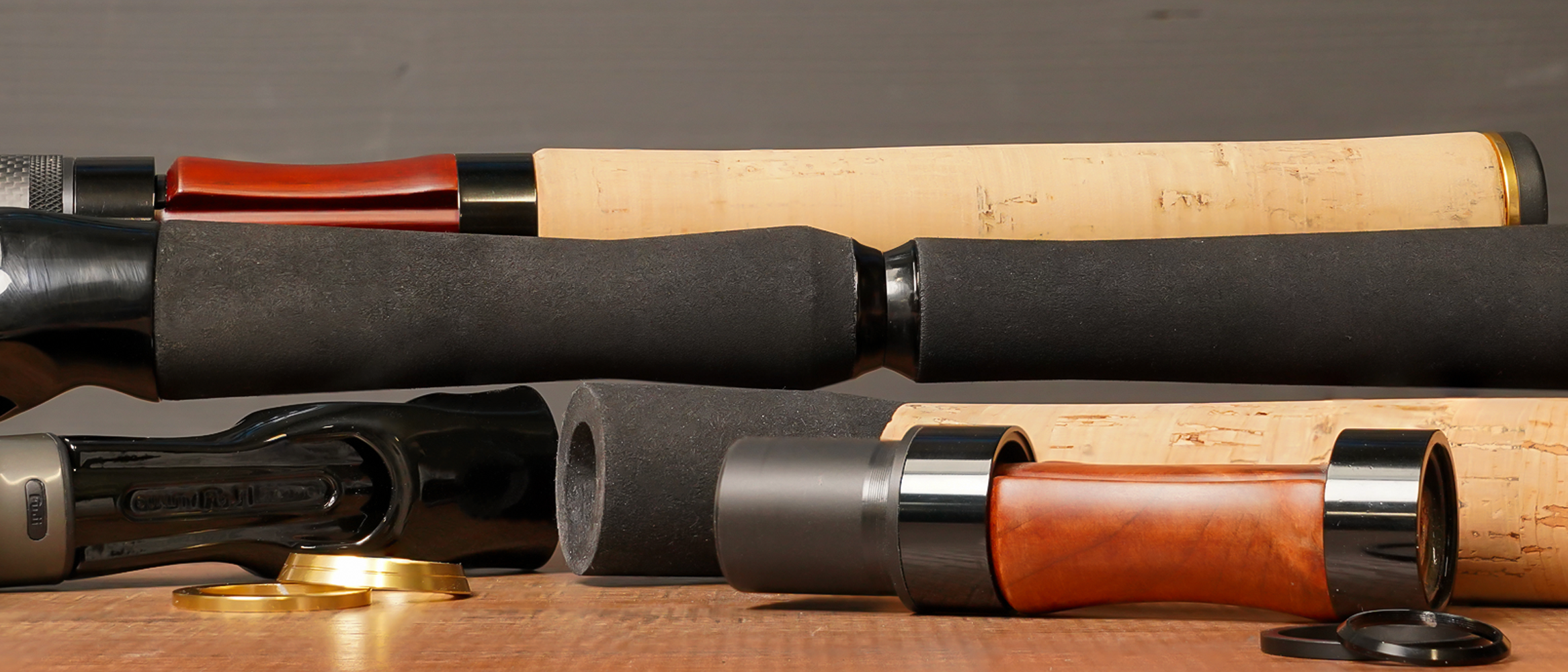
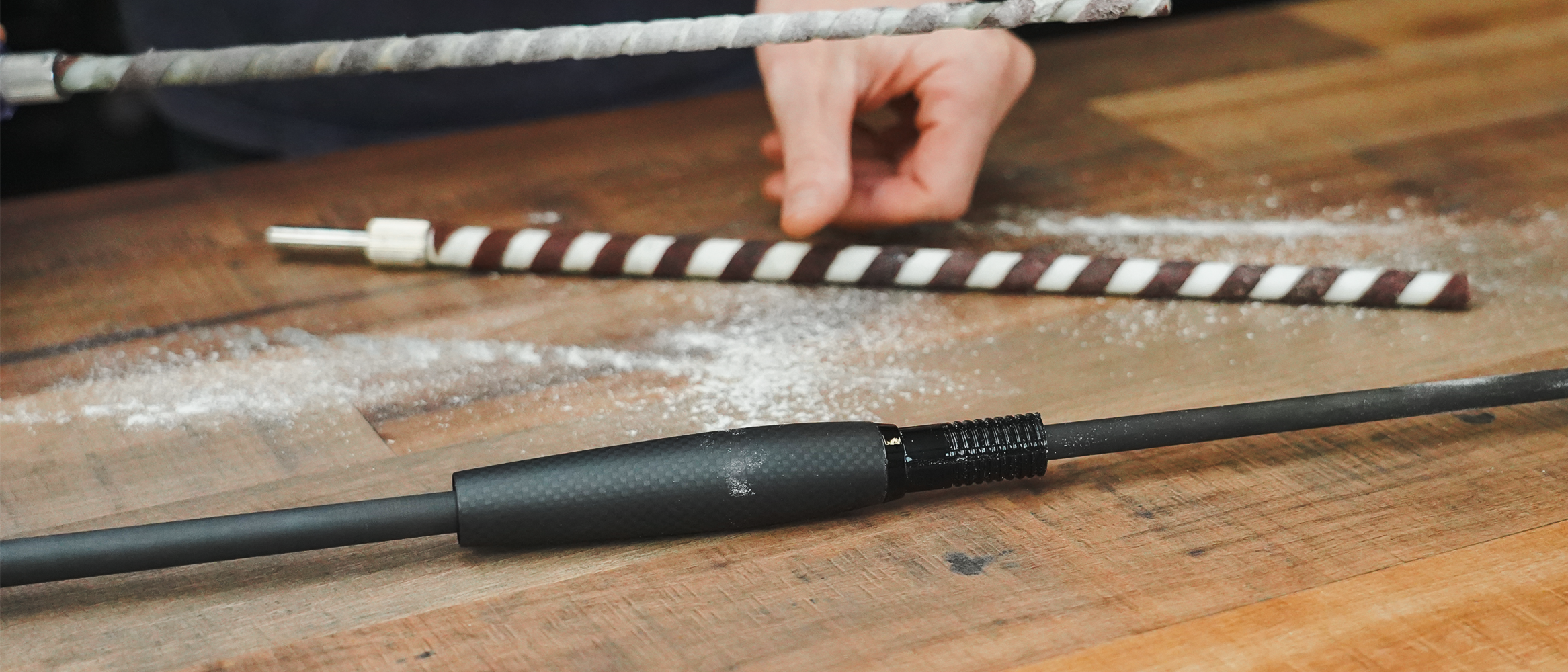
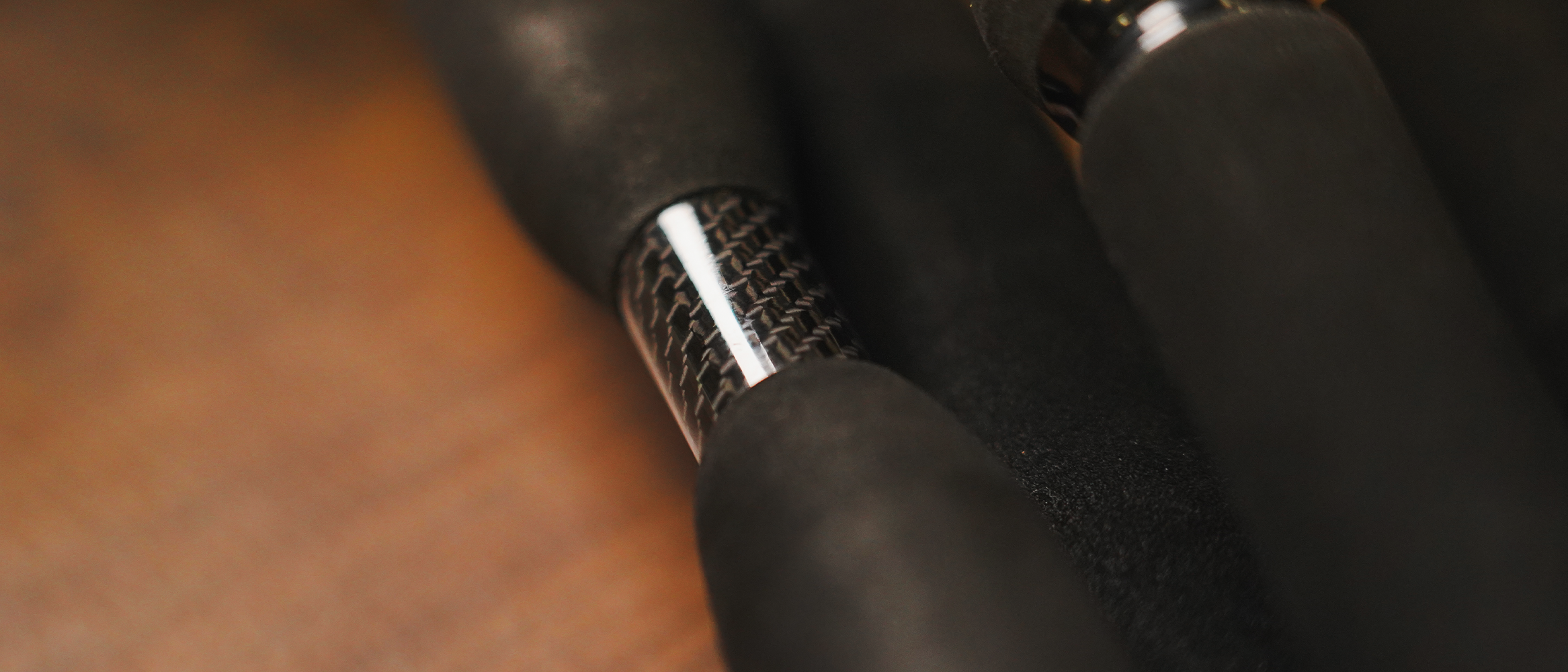
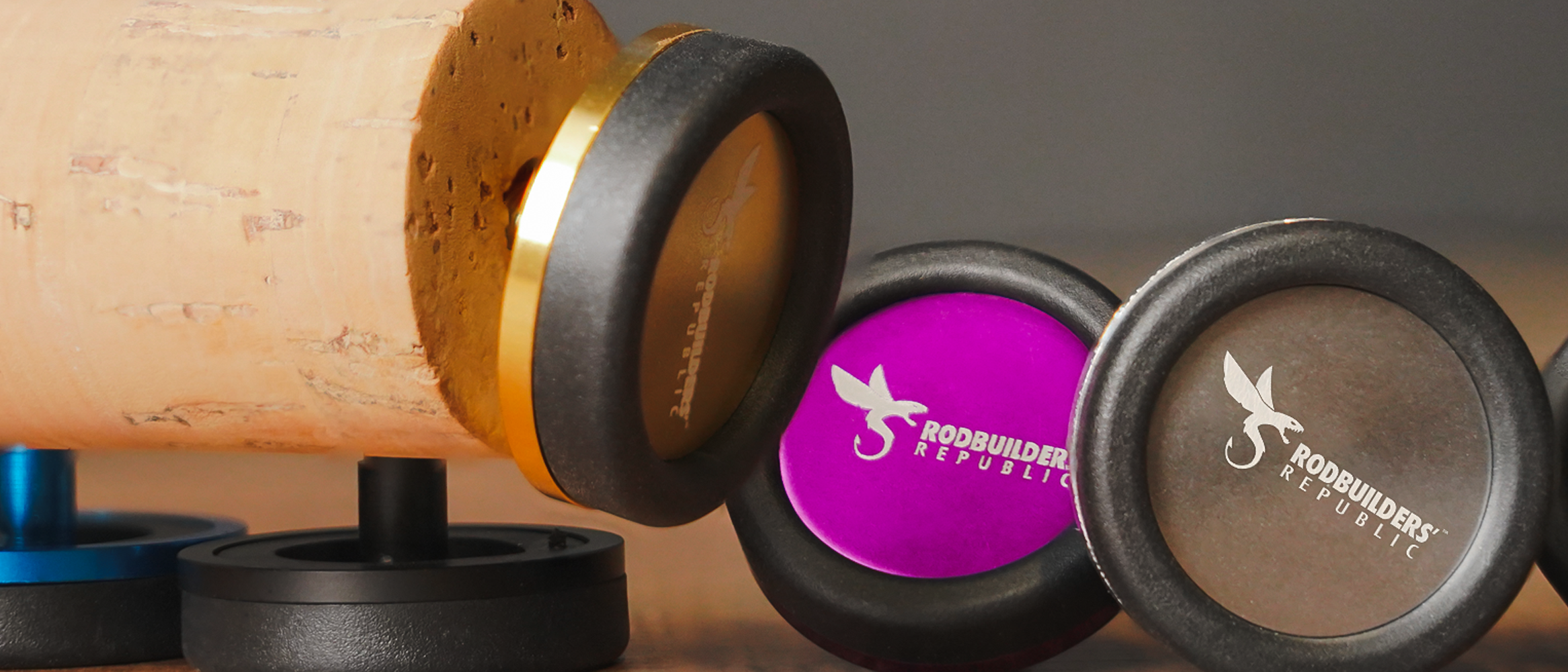
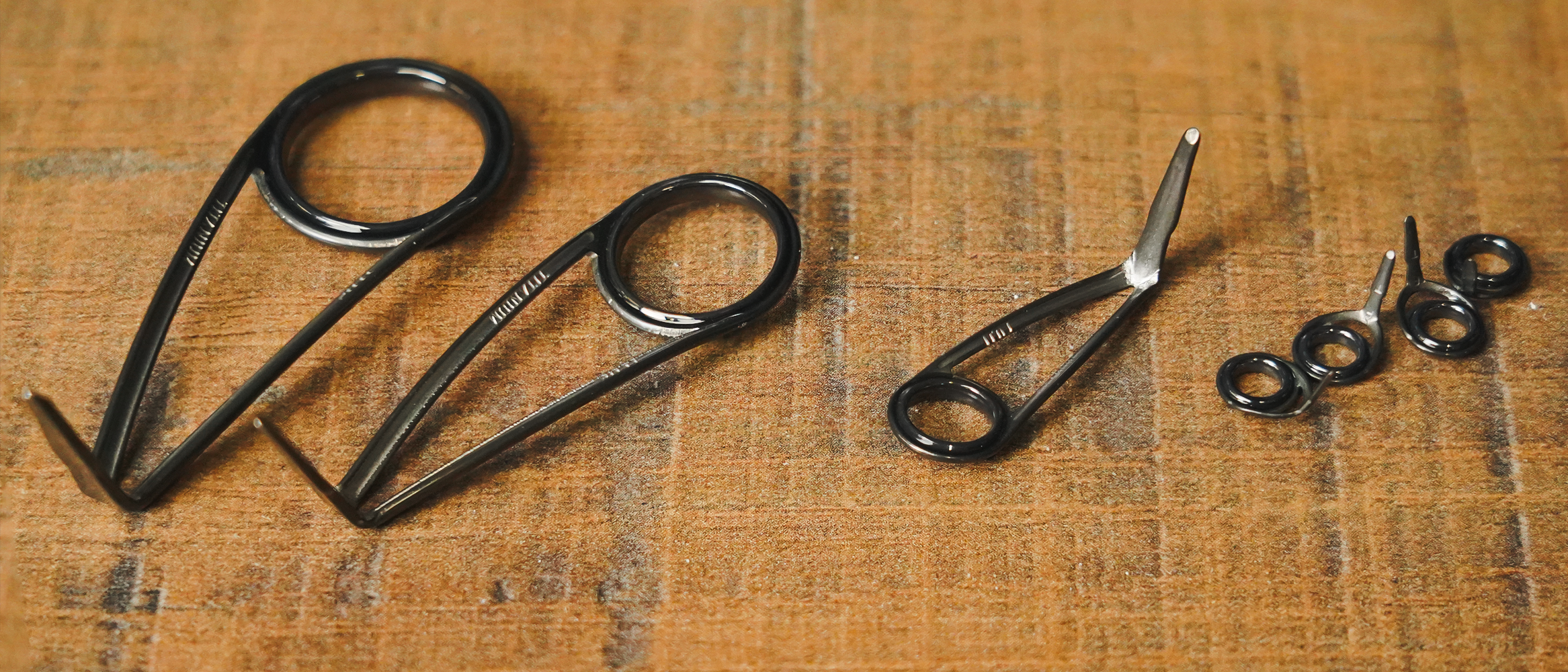

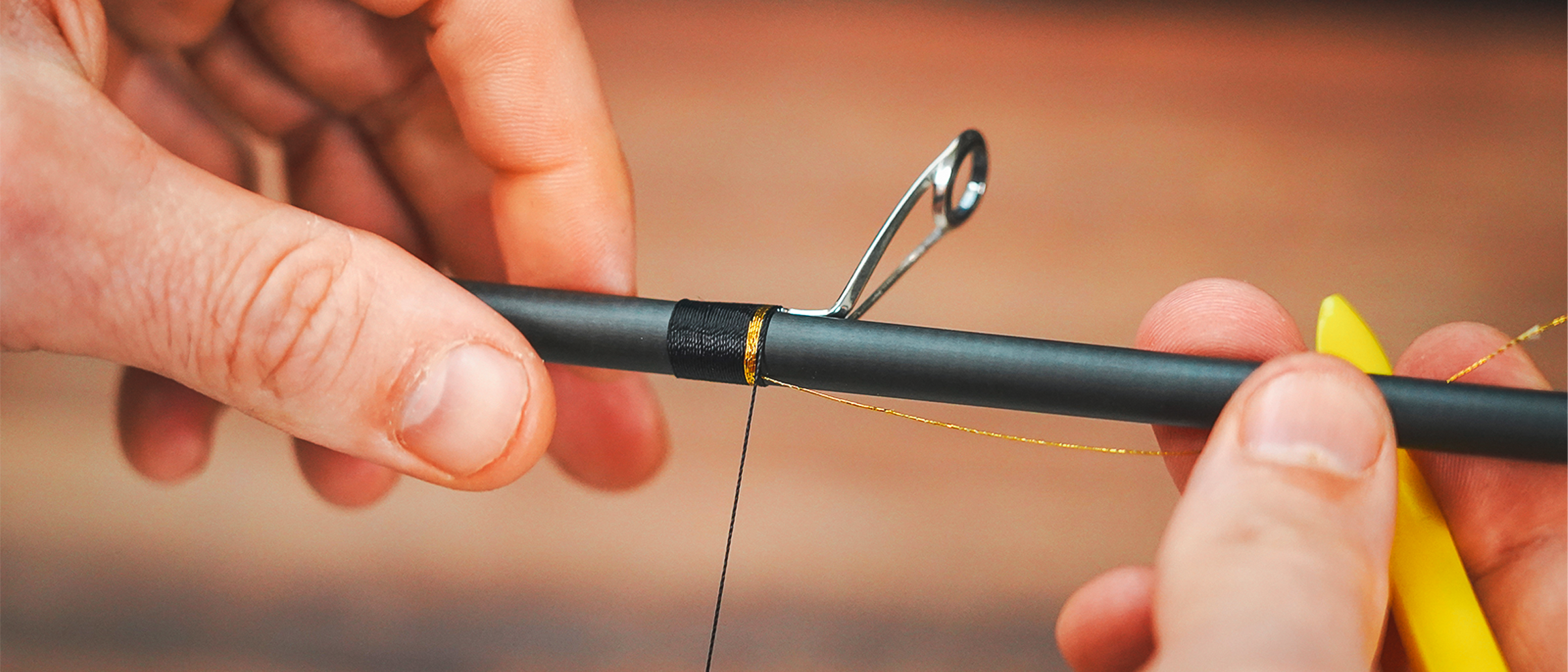
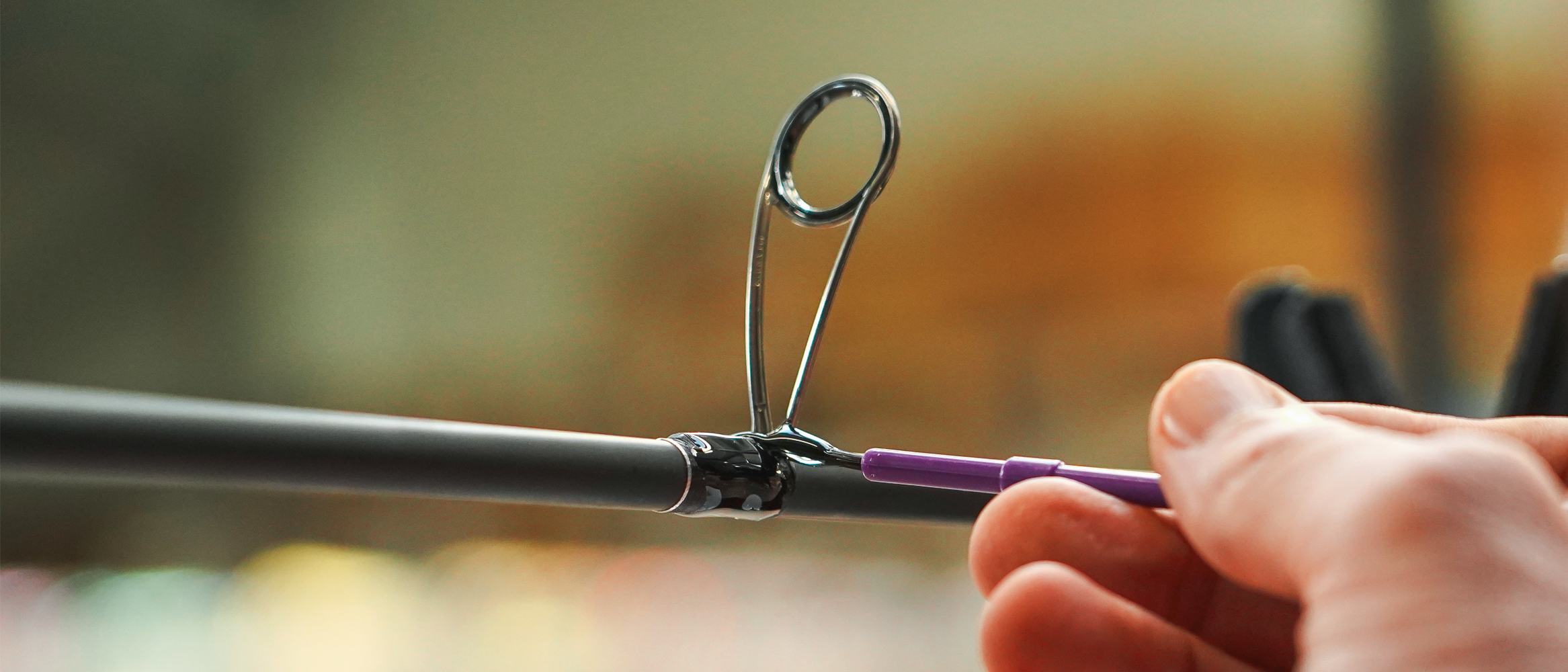

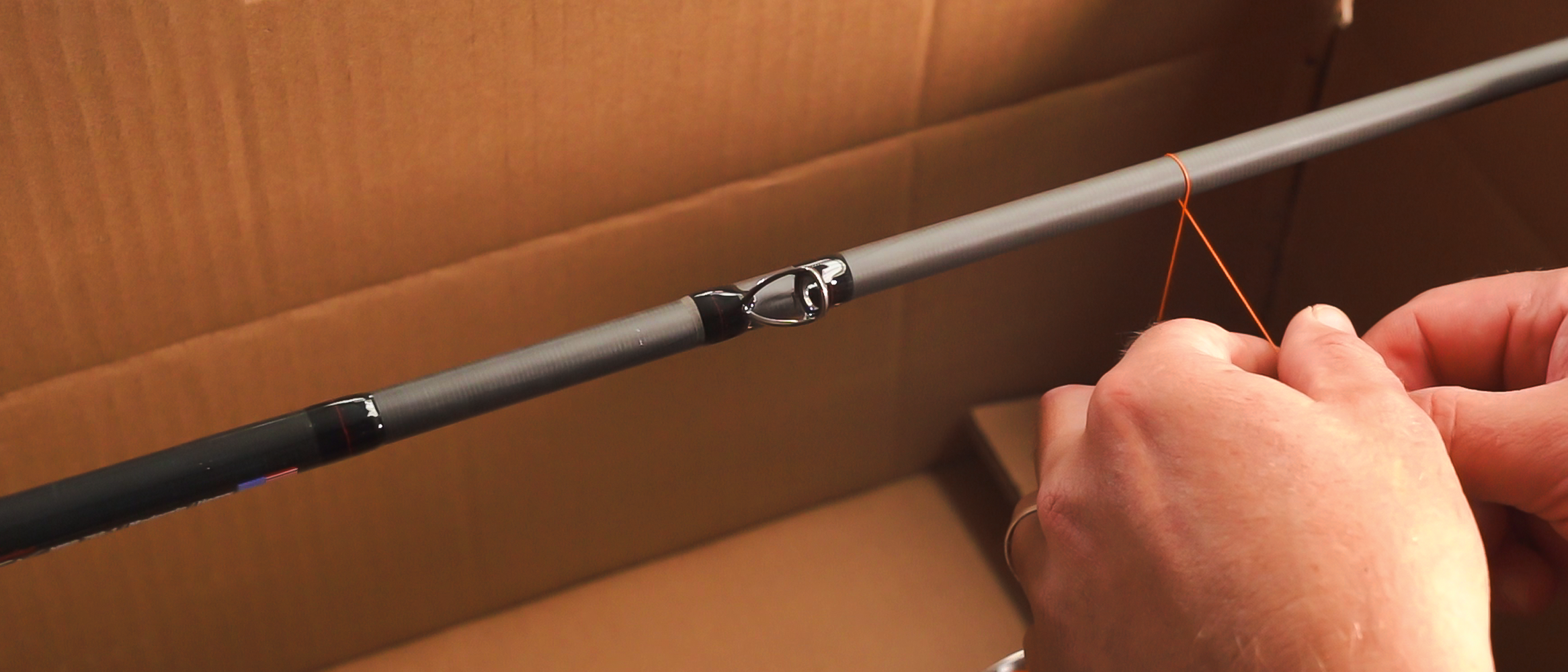
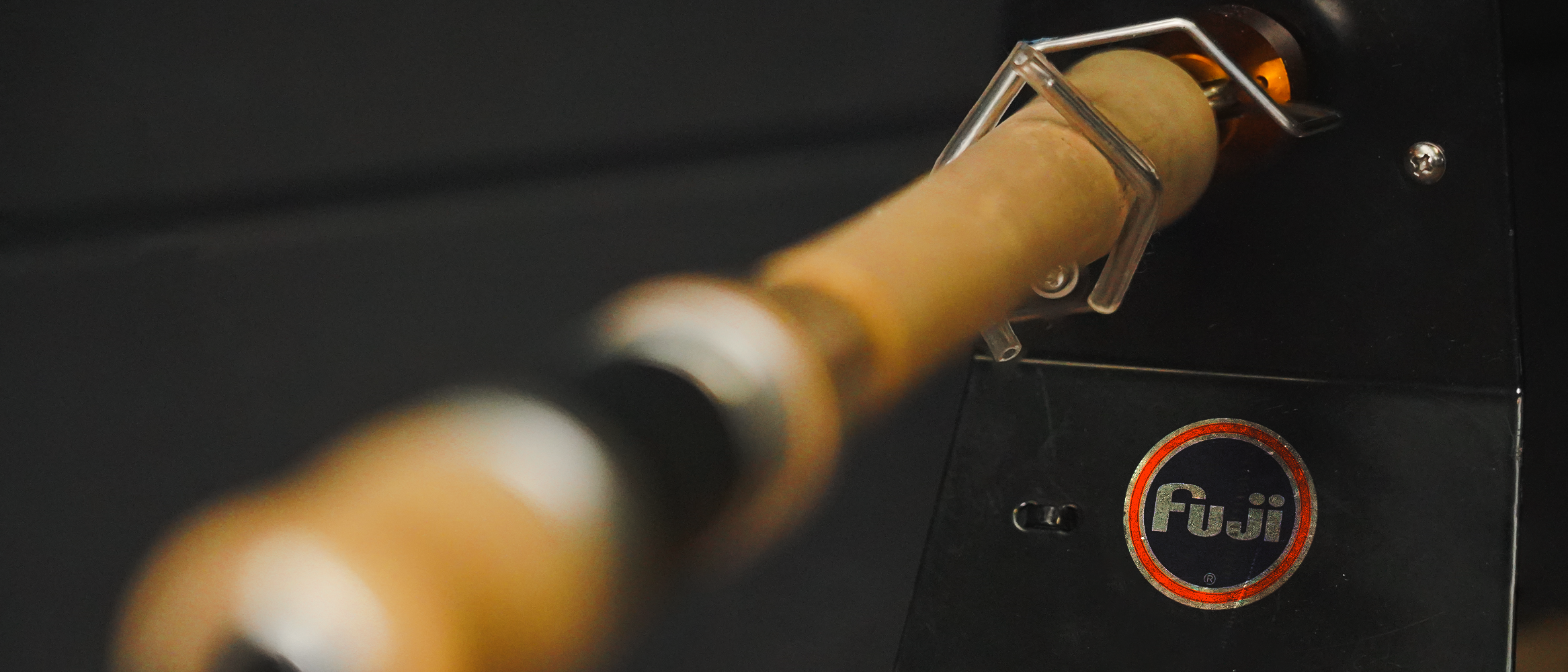
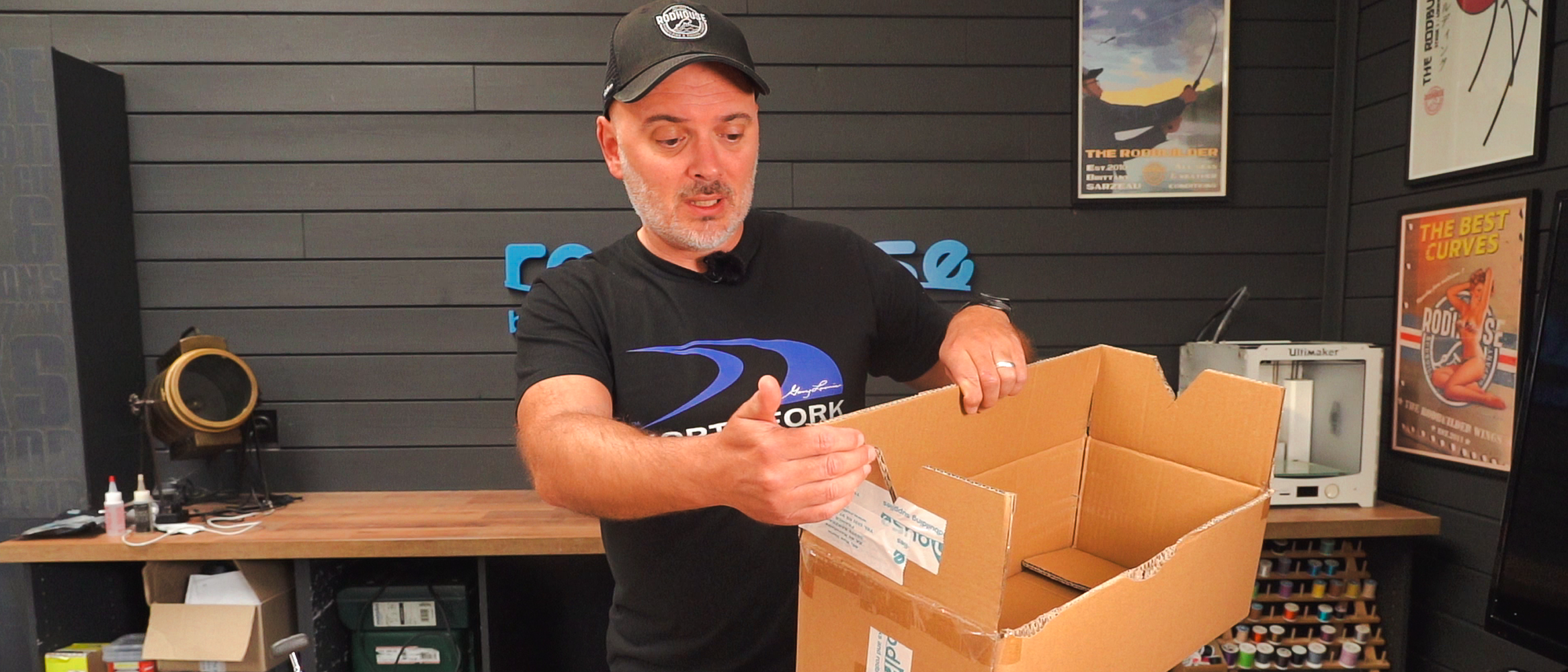
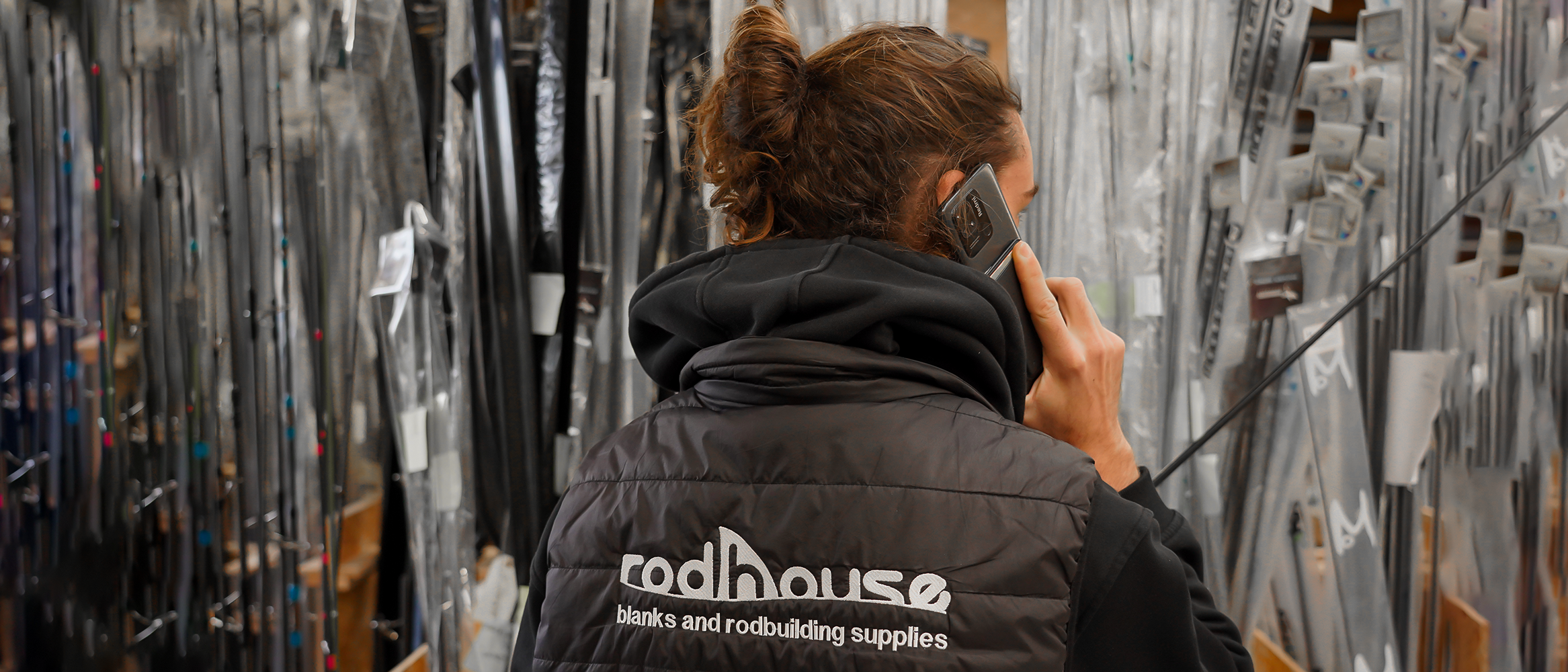
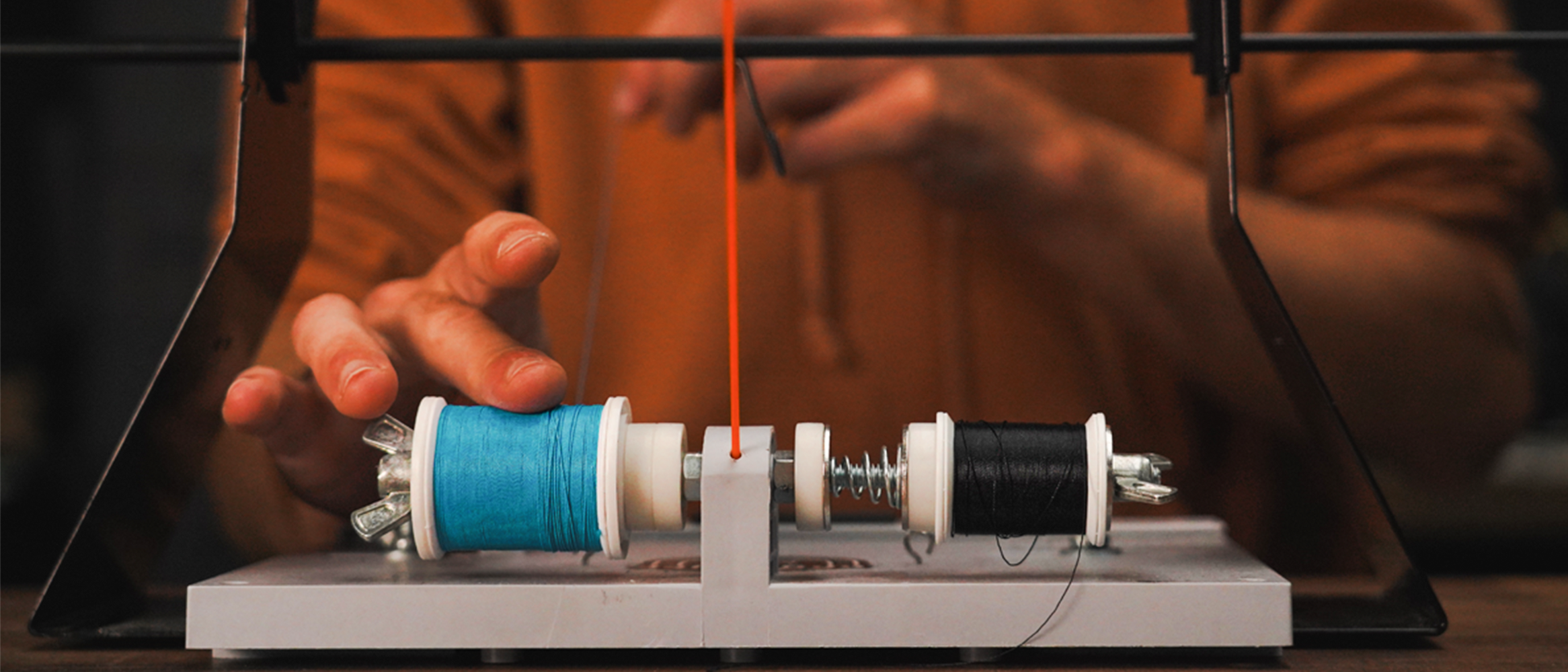
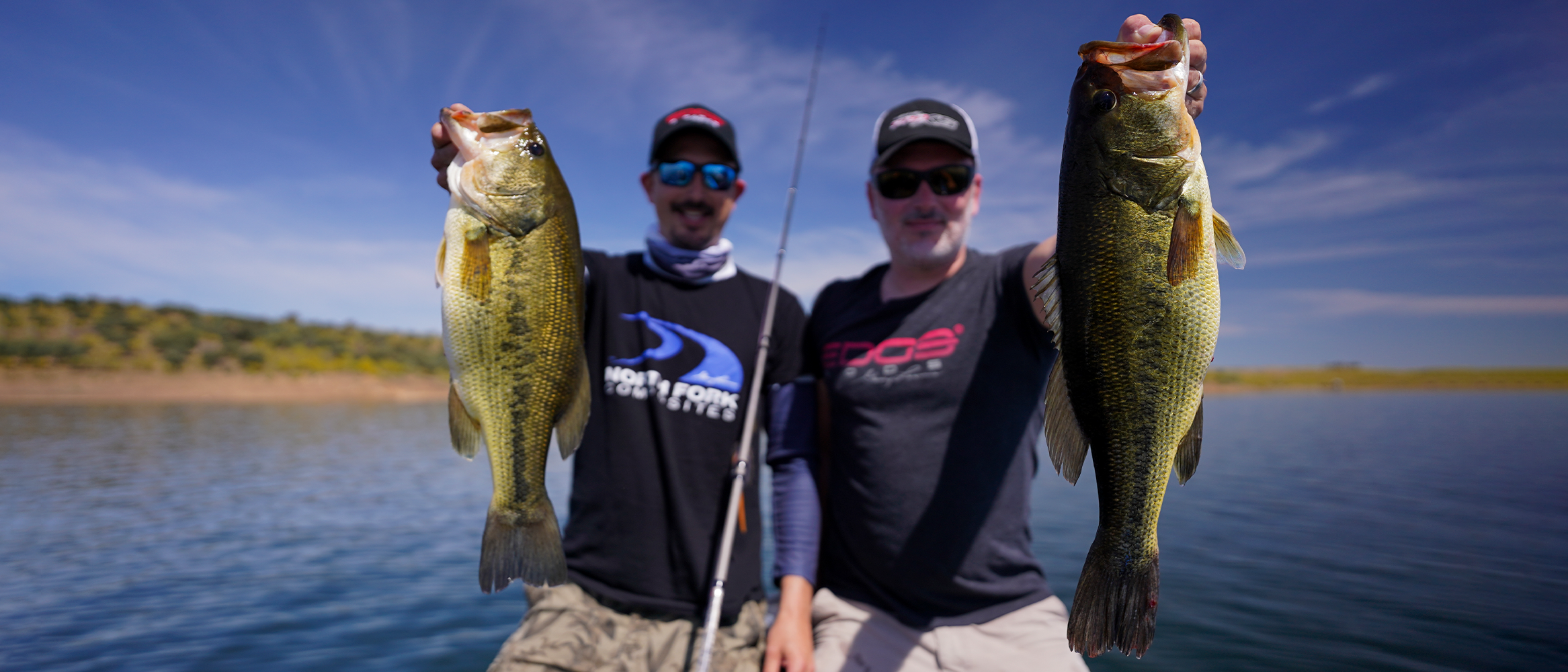

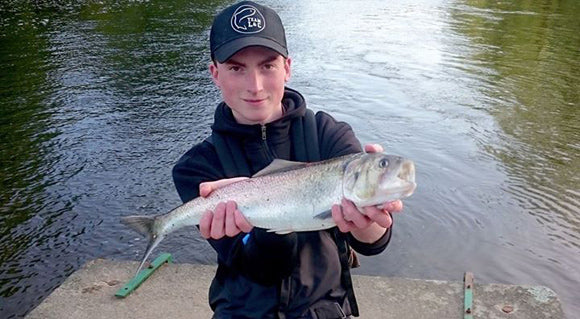

Leave a comment
All comments are moderated before being published.
This site is protected by hCaptcha and the hCaptcha Privacy Policy and Terms of Service apply.